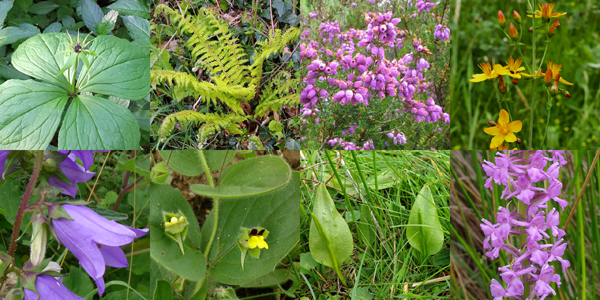
Axiophytes are “worthy plants” - the 40% or so of species that arouse interest and praise from botanists when they are seen. They are indicators of habitat that is considered important for conservation, such as ancient woodlands, clear water and species-rich meadows. Lists of axiophytes provide a powerful technique for determining conservation priorities. Sites with many axiophytes are usually of greater importance than those with fewer; and changes in the number of axiophytes in a site over time can be used for monitoring the outcome of management practices.
The criteria used for selection of species as axiophytes are as follows:
1. Largely (about 90%) restricted to conservation habitats;
2. Not too common (recorded in fewer than about 25% of tetrads in the county);
3. Generally declining, at least historically (with conservation efforts some might increase, and we wouldn’t want to strike those off);
4. Not too rare (it is very hard to tell whether a rarity is really habitat specific or just happens to be in a nice site);
5. Reasonably well recorded and straightforward to identify;
6. The list needs to be representative of the range of habitats that you want to conserve.
For more information see: www.bsbi.org/axiophytes and www.shropshireecology.co.uk/axiophytes.html
In 2010 a draft list of Norfolk axiophytes was published on the Norfolk & Norwich Naturalists' Society web site together with an article in Natterjack in February of that year. That list has now been revised to fit more closely with the above criteria and is available here.
